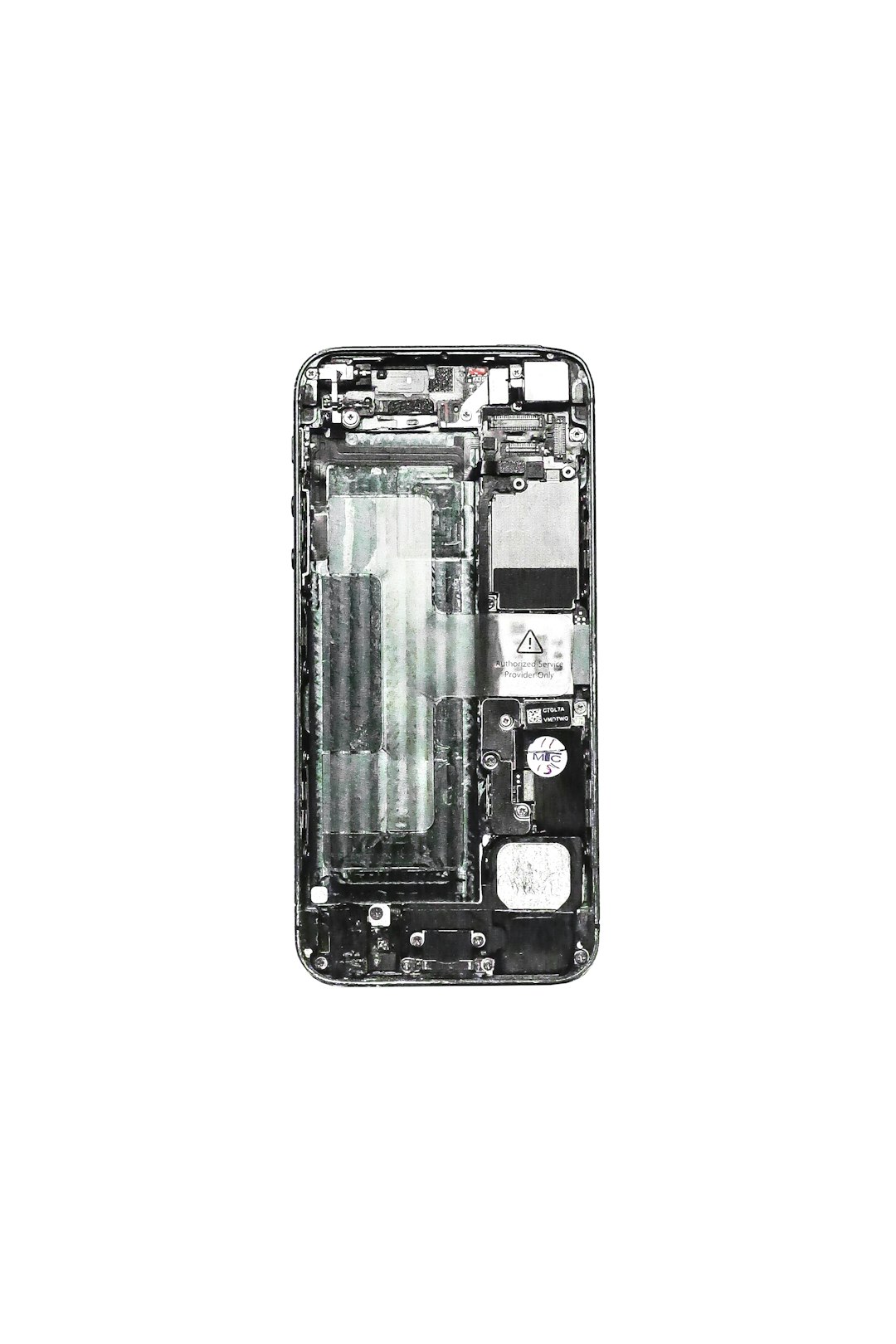Smart glasses are becoming an increasingly prominent part of wearable technology, offering a seamless blend of digital connectivity and real-world interaction. These innovative devices allow users to access information, capture media, navigate, and stay connected without ever looking down at a smartphone. Whether you’re a tech enthusiast, a fitness junkie, or someone who simply appreciates convenience, smart glasses are transforming how we experience the world.
What Are Smart Glasses?
Smart glasses are wearable eyewear embedded with smart technology, typically featuring displays, cameras, microphones, and sensors. Unlike conventional eyewear, these devices offer enhanced functionalities such as:
- Real-time notifications and alerts
- Voice-controlled virtual assistants
- Augmented reality overlays
- Hands-free media recording
- Fitness and health tracking
By leveraging wireless connectivity—usually via Bluetooth or Wi-Fi—smart glasses sync with smartphones or cloud services to extend functionality. This means you can read messages, follow GPS directions, or even conduct video calls without reaching into your pocket.

Key Features and Capabilities
Modern smart glasses come packed with a variety of features. Some of the most prominent include:
1. Display Technology
Many smart glasses use micro-displays or transparent lenses with projector systems to show information directly in the user’s line of sight. These displays range from simple heads-up displays (HUDs) to full augmented reality (AR) projections.
2. Audio Systems
Bone conduction and open-ear speakers are common features, allowing users to hear audio without blocking ambient sounds. This makes them particularly useful for outdoor activities or commuting.
3. Camera and Media Capture
Smart glasses often include front-facing cameras for capturing photos and videos or conducting real-time video calls. Some models offer HD video quality and AI enhancements for better clarity.
4. Augmented Reality (AR)
AR-enabled glasses, such as Microsoft’s HoloLens or Magic Leap, superimpose digital elements onto the real environment. This opens the door for everything from gaming and navigation to professional training and design applications.
Popular Brands and Models
Several tech companies have ventured into the smart glasses space. Some of the most notable brands and their offerings include:
- Google Glass Enterprise Edition – Targeted towards professional and industrial use
- Ray-Ban Stories – Developed with Meta, offering a stylish combo of sunglasses and tech
- Snap Spectacles – Focused on capturing content for social media
- Vuzix Blade – Offers AR capabilities along with Alexa support
- Bose Frames – Known for exceptional audio quality integrated into frames
Each model emphasizes different strengths, from enterprise functionality to fashion-forward design, so there’s likely something for everyone.

Limitations and Considerations
Despite their potential, smart glasses still face certain limitations:
- Battery Life: Smaller form factors mean smaller batteries, often requiring frequent recharging.
- Privacy Concerns: Built-in cameras can raise ethical questions about surveillance and consent.
- Cost: Advanced features and compact technology lead to relatively high prices.
- Limited App Ecosystem: Some smart glasses have restricted compatibility or app offerings.
While these devices have made major strides, addressing these challenges will be key to broader adoption.
Frequently Asked Questions (FAQ)
- Q: Can I use smart glasses with any smartphone?
A: Most smart glasses are compatible with both Android and iOS devices via Bluetooth or dedicated apps. However, it’s important to check specific requirements before purchasing. - Q: Are smart glasses safe to wear for long periods?
A: Yes, they are generally safe for extended use, though users with existing vision issues should consult an optometrist if integrating prescriptions into smart lenses. - Q: Can smart glasses replace my smartphone?
A: Not entirely. While they offer hands-free features and notifications, they don’t yet match the full functionality of a smartphone. - Q: Do all smart glasses support augmented reality?
A: No. AR features are limited to specific models like Microsoft HoloLens or Magic Leap; others focus on media capture and audio functions. - Q: How much do smart glasses cost?
A: Prices vary widely—from under $200 for basic models to over $3,000 for high-end AR-enabled glasses.
Smart glasses represent a major stride in wearable technology, offering users a novel way to stay connected and interact with their environment. As innovation continues and more affordable options emerge, smart glasses are on track to become a mainstream accessory in the digital age.
